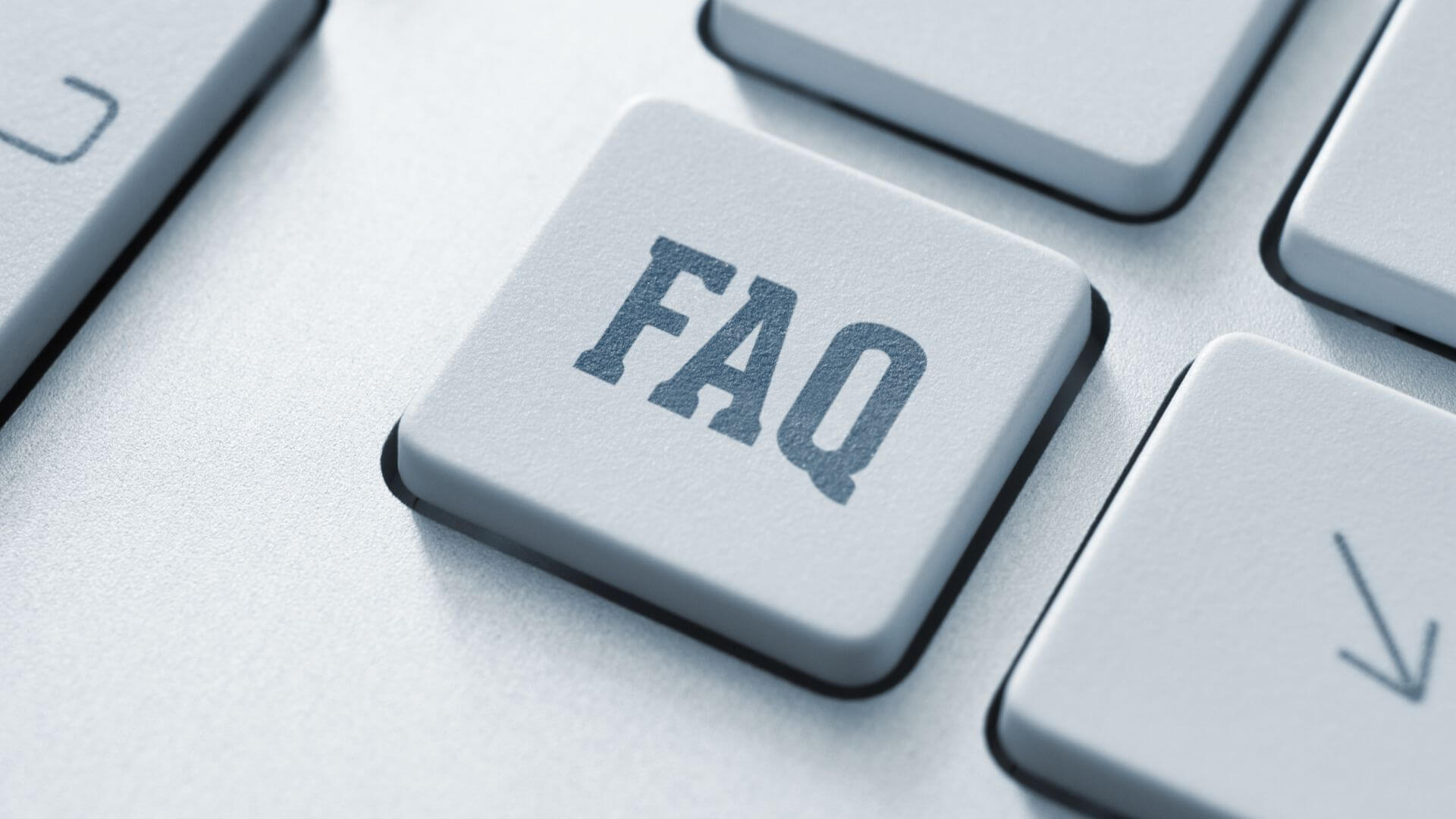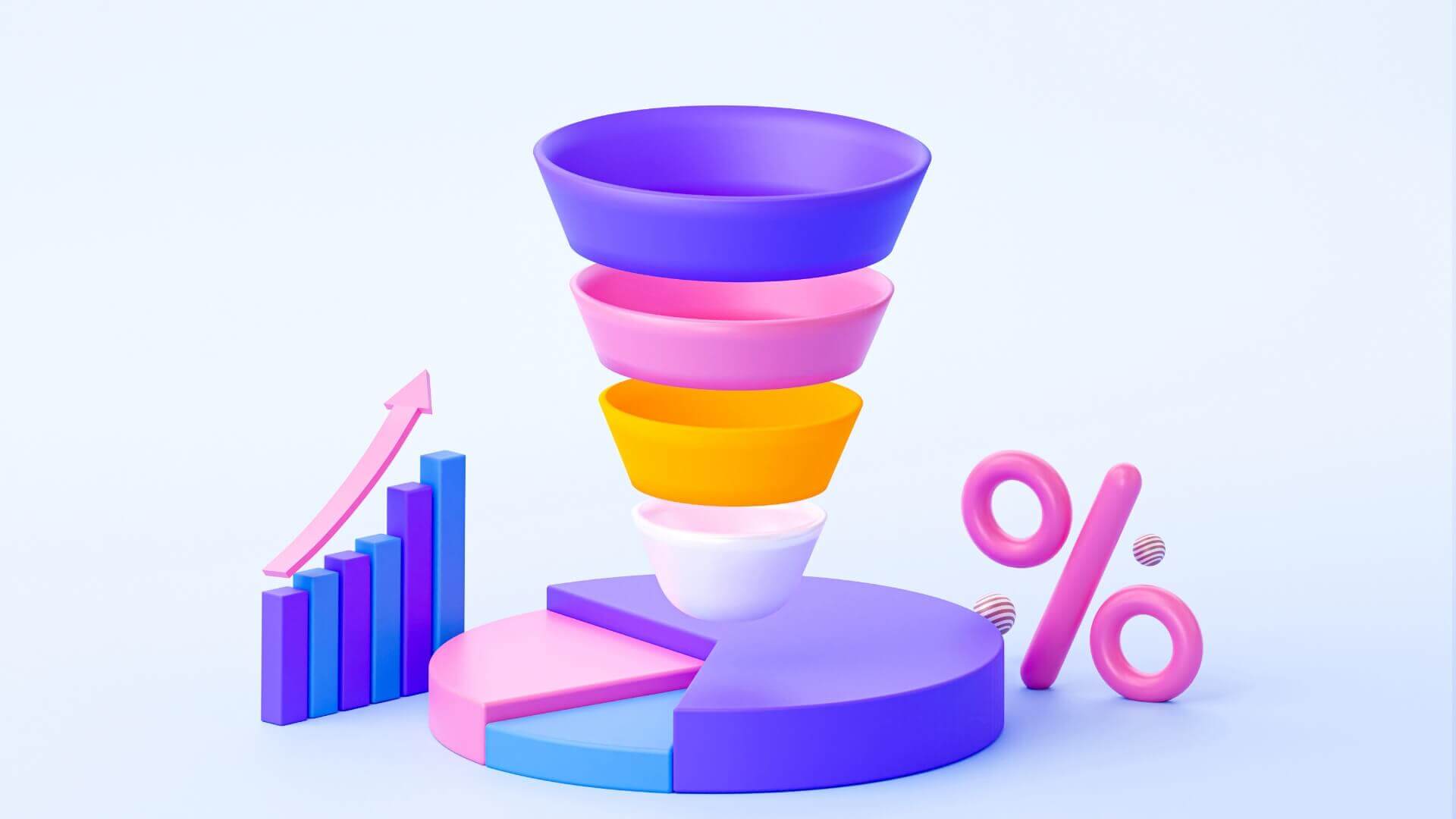In today’s digital landscape, the secret to sustainable business growth lies in effective inbound marketing strategies. From captivating content creation to nurturing customer relationships, in this article we’ll explore how these strategies attract potential customers, convert leads, and foster brand loyalty – all while enhancing the customer experience.
If you’re lacking in time…
Inbound marketing is about attracting and building trust with potential customers by delivering valuable, customer-centric content, not aggressively pushing products.
The inbound marketing process involves drawing in strangers, converting them into leads, closing deals, and leaving a positive impact on customers, with particular emphasis on creating awesome content and an effective user experience to nurture customer loyalty.
To build a successful inbound marketing strategy, identify your target audience, create detailed customer personas, leverage strategies like SEO, social media, and email marketing, and utilize metrics to measure and optimize your plans.
Inbound marketing: An overview
When it comes to inbound and outbound marketing, there’s a world of difference between inbound and outbound strategies. While outbound marketing pushes products onto consumers — think traditional advertising methods like radio ads or billboards — inbound marketing is all about drawing in potential customers and gaining their trust. Inbound marketing is not about selling; it’s about creating a bond with your audience.
An effective inbound marketing strategy focuses on creating awesome content and experiences that truly connect with people, instead of just relying on ads.

What Is inbound marketing?
Delving further, inbound marketing prioritizes the customer, captivating them with valuable content. This customer-centric approach focuses on providing top-notch, customized content that matches the interests of potential customers. But how does it work? It’s pretty simple:
- Attract strangers
- Convert them into leads
- Close those leads
- Delight your customers
This process leads to increased sales and customer loyalty.
This is attained through several digital marketing tactics such as brand-owned content, including blog posts, webinars, infographics, email marketing, and social media interactions. Instead of relying on traditional advertising methods, inbound marketing focuses on creating content and experiences that attract customers, helping move them closer to making a purchase.
How should I use inbound marketing in my marketing strategy?
Having grasped the essence and purpose of inbound marketing, let’s explore its execution. Integrating inbound marketing into your overall marketing strategy is all about:
- Creating valuable content that resonates with your audience
- Making your content top-notch and tailored to what your customers like
- Attracting potential customers through valuable content
- Building trust and authority
- Nurturing leads
- Increasing customer loyalty and satisfaction
This strategy will help you effectively implement a successful inbound marketing campaign and achieve your marketing goals by leveraging the benefits of inbound marketing.
All these elements blend together to create a marketing strategy that connects with your audience and guides them through their buyer’s journey.
Why is inbound marketing so important?
Why is this significant? Inbound marketing, centered on creating compelling content, organically attracts customers, encouraging them to become loyal buyers. When you use outbound marketing, since the focus is more on drawing in customers in the short term, the effects of outbound marketing are significantly less meaningful than the relationships built from inbound marketing strategies.
Additionally, it plays a vital role in raising brand awareness by using engaging content and interactions that resonate with the right audience.
Where does inbound marketing occur in the buyer’s journey?
Every potential customer goes through a process known as the buyer’s journey, a process that begins when they first hear about a product or service and ends when they decide to purchase it. Inbound marketing plays a crucial role in each step of this journey, guiding potential customers through the sales funnel. Ultimately, we aspire not only to make a sale but also to convert our customers into brand advocates.
The power of inbound marketing
Inbound marketing, as a dominant tool in our digital age, derives its strength from its capacity to attract, engage, and please customers. By understanding the needs and preferences of your target audience and creating engaging and relevant content, you can attract potential customers to your brand through your inbound marketing efforts. Employing effective inbound marketing tactics can further enhance your strategy and ensure inbound marketing work leads to success.
Engaging in conversations with clients or prospects can offer valuable insight into their challenges. This information can be leveraged to generate content that resonates with them, thereby enhancing engagement and sales. Personalized emails and targeted content can speak to the specific needs or interests of qualified leads, building trust and guiding them toward conversion in an inbound marketing strategy.


Attracting potential customers
Attracting potential customers is the first step in the inbound marketing process. It involves understanding who you’re trying to reach and creating content that resonates with them. Social media can be a powerful tool in this process, boosting your content’s visibility and allowing you to interact directly with potential customers.
Furthermore, persona-driven content can turn blog readers into high-quality leads, making your digital and outbound marketing efforts more effective. High-quality blog posts can attract customers and help build trust and authority for your brand. User experience is also key, as a positive experience on your website can increase the likelihood of a visitor becoming a customer.
Nurturing leads
Once you’ve attracted potential customers, the next step is to nurture these leads. Nurturing leads is an important step because it helps convert potential customers into loyal customers. This can be achieved through:
- Specific content
- Reaching out through different channels
- Following up
- Using email marketing.
Personalized content can keep prospects interested as they go through the buying process, increasing their involvement and making them stick around longer.
Strengthening customer loyalty
The final step in the inbound marketing process is strengthening customer loyalty. This involves:
- Keeping customers happy even after they’ve made a purchase
- Increasing the likelihood that they’ll return in the future
- Achieving this through feedback, loyalty programs, rewards, and consistently exceeding customer expectations.
Ultimately, the goal is to create brand evangelists – loyal customers who will spread the word about your brand and help grow your business.
Building your inbound marketing plan
With a grasp of the basics of inbound marketing, it’s now time to develop your unique inbound marketing plan. This involves:
- Identifying your target audience
- Creating customer personas
- Implementing your chosen inbound marketing strategies
- Measuring your success
Identifying your target audience
Identifying your target audience is the first step in building your inbound marketing plan. This involves asking your current customers, gathering demographic and other types of data, and using tools like CRM, social media insights, website analytics, and surveys.
By understanding your audience’s needs and preferences, you can create content that resonates with them and attracts them to your brand.

Create customer personas
Creating customer personas is an essential step in your inbound marketing plan. These personas, which represent your ideal customers, guide your content creation and marketing efforts. By understanding your customers’ needs, behaviors, and journey, you can tailor your marketing strategies to connect with them and grow your business.
Implement your inbound marketing strategies of choice
Now that you have a clear understanding of your target audience and customer personas, it’s time to implement your chosen inbound marketing strategies. Whether you choose to focus on creating engaging blog posts, optimizing your website for search engines, or engaging with your audience through social media, the key is to deliver content that resonates with your audience and guides them through their buyer’s journey.
Measuring success
The final step in building your inbound marketing plan is measuring your success. By tracking key metrics such as:
- Qualified leads
- Organic traffic
- Social media traffic
- Time-on-site
- Conversion rate
You can assess the effectiveness of your strategies and make data-driven decisions to optimize your efforts.
The best strategies to use for inbound marketing
Plenty of strategies are available to enhance your inbound marketing initiatives. These range from SEO optimization and social media engagement to content marketing and email marketing.
However, the best strategy for your business will depend on your unique needs and objectives. Here is a list of a few of the most common and effective strategies businesses use today.
Ask your customers to take surveys
Surveys offer an efficient method of collecting essential customer data to refine your inbound marketing endeavors. By asking your customers to take surveys, you can gain insights into their needs and preferences, helping you to create content that resonates with them.
Build customer personas
Constructing comprehensive customer personas aids in concentrating your marketing efforts on distinct customer categories. By understanding your customers’ needs and behaviors, you can create content that resonates with them and attracts them to your business.
SEO: The key to inbound marketing success
Search engine optimization (SEO) is indispensable for the success of your inbound marketing campaign. By optimizing your website and content for search engines, you can boost your online visibility and attract more organic traffic to your site. This involves conducting keyword research, optimizing your website, and employing both on-page and off-page SEO techniques.
Leveraging social media for inbound marketing
Social media serves as an additional potent instrument to heighten your inbound marketing ventures. By engaging with your audience on social media, you can increase your brand visibility, build relationships with potential customers, and drive more traffic to your site.
Whether it’s through sharing valuable content, responding to comments, or running social media campaigns, the key is to create meaningful interactions that resonate with your audience, and social media allows you to do this like no other marketing channel.


Content marketing and running an effective blog
Running a blog is another effective strategy for improving your website’s SEO performance, providing valuable information, and converting potential customers. By consistently publishing high-quality blog posts that address your audience’s needs and interests, you can attract more visitors to your site and build trust with your audience.
Email marketing: Personalization at its best
Email marketing presents an excellent avenue to nurture leads, establish trust, and spur conversions. By crafting personalized email campaigns that resonate with your audience, you can guide them through their buying journey and encourage them to take action.
Contributing to guest posts on other websites
Even if your website isn’t at the top of SERPs (search engine result pages), that doesn’t mean you can’t get your company’s name on high-quality websites. Contributing guest posts to other websites can:
- Extend your reach
- Secure high-quality backlinks
- Boost your website’s SEO
- Attract a new audience
- Build credibility for your brand
Building backlinks from high-authority websites
Building backlinks from high-authority websites is another effective SEO strategy that can improve your online visibility and attract customers from other websites. These backlinks, especially if they use relevant keywords and come from high-quality sites, help search engines like Google find and index your pages.
A/B testing for optimal results
A/B testing, a data-driven approach, can aid in refining your inbound marketing strategies. By implementing and then comparing the results and KPIs of two versions of a webpage or landing page, you can determine which one performs better and make data-driven decisions to optimize your efforts.
Take advantage of free inbound marketing tools
Numerous free tools and resources exist that can augment your inbound marketing endeavors. These tools, such as HubSpot and Google Analytics, offer features that assist with managing campaigns, creating content, engaging with your audience, and generating leads.
Keeping your website updated
Regularly updating your website is essential for enhancing the user experience and boosting conversion probabilities. An outdated website can deter visitors and negatively impact your SEO.
Regular updates, on the other hand, can keep your website running smoothly and make it more appealing to both visitors and search engines.
Grab the eyes of the masses with influencer marketing
Influencer marketing serves as a potent instrument for swiftly broadening your brand’s reach and recognition. By collaborating with influencers who have a large and engaged following, you can get your brand in front of a wider audience and build credibility for your business.
Summary
In summary, inbound marketing is a powerful tool that puts the customer at the center of all efforts. By understanding your audience, creating content that resonates with them, and engaging with them through various channels, you can build lasting relationships and grow your business. Whether you’re just starting out with inbound marketing or looking to enhance your existing strategies, the tips and strategies shared in this blog post can help you attract, engage, and delight your customers.
I hope that you found this article useful in some sense. Digital marketing as a whole is essentially defined by inbound marketing, as SEO lies at the center of any effective business’s online presence. Keep this information that you have just learned in mind as you continue to navigate the marketing world, and you’ll be pulling in customers in no time.
Thank you so much for reading this article, and have a great rest of your day!

Frequently asked questions
What is an example of inbound marketing?
Inbound marketing includes activities like blog posts, social media engagement, search engine optimization, and email nurturing campaigns. These strategies help businesses generate more leads, increase brand awareness, and drive conversions.
What are the four steps of inbound marketing?
Inbound marketing involves four key stages: Attract, Convert, Close, and Delight. It’s important to understand each of these steps to maximize your inbound strategy.
What are the five fundamentals of inbound marketing?
The five fundamentals of inbound marketing are contacts, buyer persona, buyer journey, content, and goals. These elements are crucial for a successful inbound marketing strategy.
What is the difference between inbound and outbound marketing?
Inbound marketing aims to draw in potential customers and gain their trust, while outbound marketing involves pushing products onto consumers. This difference lies in the approach to reaching customers.
How do you measure the success of an inbound marketing campaign?
Success in inbound marketing is typically measured through key performance indicators (KPIs) such as website traffic, conversion rates, lead generation, and customer acquisition cost.









